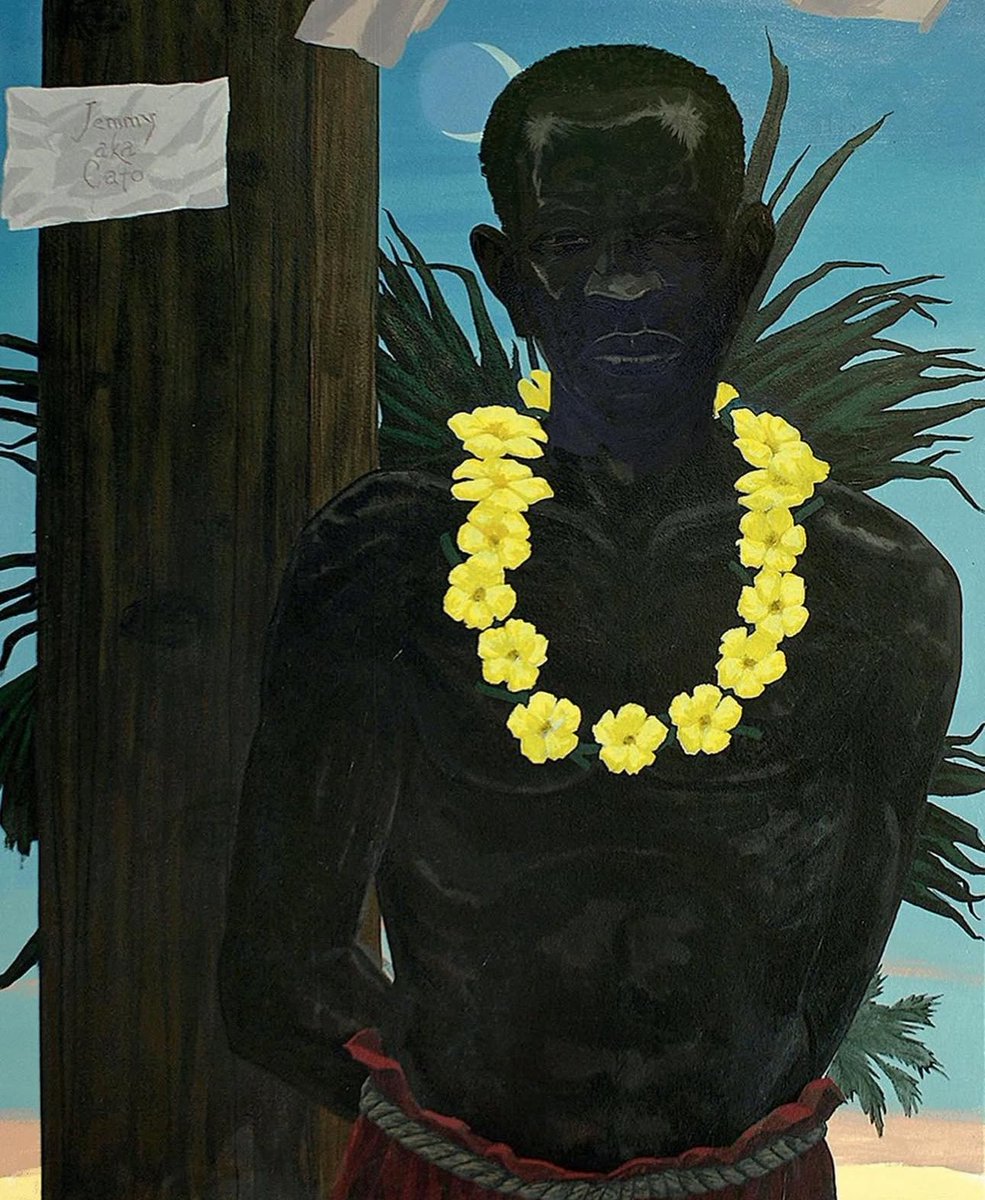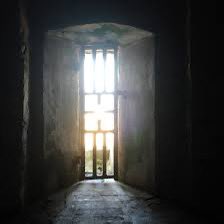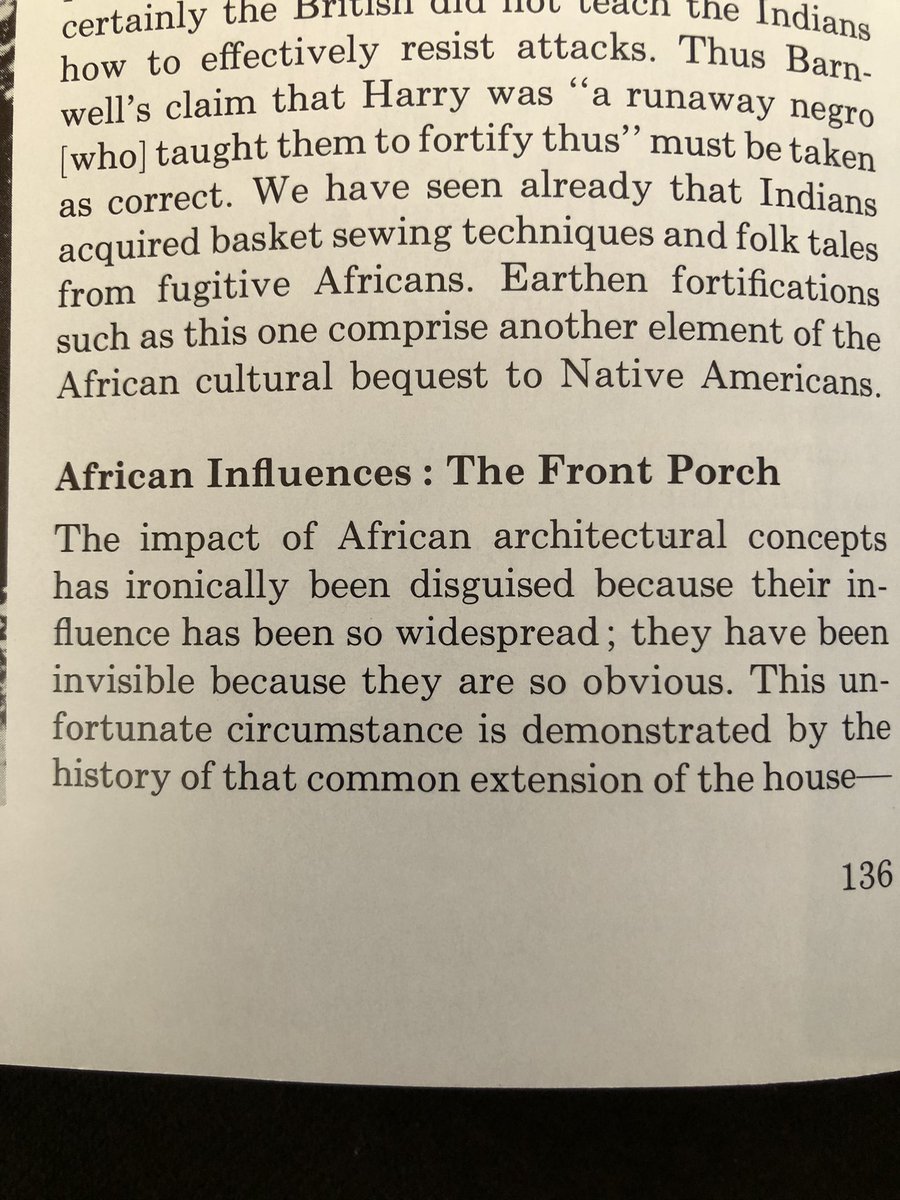
We seek to preserve Gullah Geechee history & culture by educating the public about how we shaped America. #BLM 🌾
3 subscribers
How to get URL link on X (Twitter) App


 The Stono Rebellion in the South Carolina colony, also know as the Gullah Rebellion, was the largest uprising of enslaved people of African descent in the British mainland colonies prior to the American Revolution. (It was by no means the first.) (2/9)
The Stono Rebellion in the South Carolina colony, also know as the Gullah Rebellion, was the largest uprising of enslaved people of African descent in the British mainland colonies prior to the American Revolution. (It was by no means the first.) (2/9)

 The trans-Atlantic slave trade was a massive system of forced migration from the African continent to the Americas that had lasted for three centuries. Charleston, S.C., was the center of the trade in the U.S. until a ban went into effect in 1808.
The trans-Atlantic slave trade was a massive system of forced migration from the African continent to the Americas that had lasted for three centuries. Charleston, S.C., was the center of the trade in the U.S. until a ban went into effect in 1808.

 In the spring of 1760, a ship carrying enslaved West Africans made its way into Winyah Bay off Georgetown, S.C. The ship had left the Elmina Castle in Ghana several months earlier. Elmina was the first European slave-trading post in all of sub-saharan Africa.
In the spring of 1760, a ship carrying enslaved West Africans made its way into Winyah Bay off Georgetown, S.C. The ship had left the Elmina Castle in Ghana several months earlier. Elmina was the first European slave-trading post in all of sub-saharan Africa.

 St. Helena Island is home to the Penn Center, originally called the Penn School, which was established in 1862 by Quaker and Unitarian missionaries from Pennsylvania six months before the Emancipation Proclamation was announced. It was the first of its kind the South.
St. Helena Island is home to the Penn Center, originally called the Penn School, which was established in 1862 by Quaker and Unitarian missionaries from Pennsylvania six months before the Emancipation Proclamation was announced. It was the first of its kind the South.

 While the majority of the stolen labor used to jump start the South Carolina colony’s burgeoning economy came from the African Ancestors of the Gullah Geechee, Indigenous people were in the fields with them—until they weren’t.
While the majority of the stolen labor used to jump start the South Carolina colony’s burgeoning economy came from the African Ancestors of the Gullah Geechee, Indigenous people were in the fields with them—until they weren’t.

 Until now, the size of rice farms had underestimated, ranging from 50,000 to 70,000 acres. The revised acreage is more than double previous estimates—and Georgetown County was the epicenter of the rice industry created with the knowledge, skills, and labor of enslaved Africans.
Until now, the size of rice farms had underestimated, ranging from 50,000 to 70,000 acres. The revised acreage is more than double previous estimates—and Georgetown County was the epicenter of the rice industry created with the knowledge, skills, and labor of enslaved Africans.



 In “The Afro-American Tradition in Decorative Arts,” Vlach wrote that Henry Glassie, another eminent anthropologist, ethnographer, and folklorist, noted that southern homes in America in the 1800s began to look "for all the world like a veranda in Yorùbáland."
In “The Afro-American Tradition in Decorative Arts,” Vlach wrote that Henry Glassie, another eminent anthropologist, ethnographer, and folklorist, noted that southern homes in America in the 1800s began to look "for all the world like a veranda in Yorùbáland."

 Entitled The Old Plantation, this painting is considered the best known depiction of the life and culture of enslaved Africans in early America. No one knows what they are celebrating, but scholars have sussed out some of the story by the instruments they play and their clothes.
Entitled The Old Plantation, this painting is considered the best known depiction of the life and culture of enslaved Africans in early America. No one knows what they are celebrating, but scholars have sussed out some of the story by the instruments they play and their clothes.

 In February 1839, slave hunters abducted, and or brought, a group of Mende men, women, and children from Sierra Leone and shipped them to Havana, Cuba. When they arrived in Cuba, two sugar plantation owners purchased them.
In February 1839, slave hunters abducted, and or brought, a group of Mende men, women, and children from Sierra Leone and shipped them to Havana, Cuba. When they arrived in Cuba, two sugar plantation owners purchased them.

 Less than a month after the Confederacy surrendered on April 9, 1865, a group of Gullah Geechee men in Charleston disintered the bodies of 257 bodies of Black and white Union soldiers who died while being held as prisoners of war. They wanted to give them a proper burial.
Less than a month after the Confederacy surrendered on April 9, 1865, a group of Gullah Geechee men in Charleston disintered the bodies of 257 bodies of Black and white Union soldiers who died while being held as prisoners of war. They wanted to give them a proper burial.

 The ship docked in Georgetown, unloaded its human cargo—at least those who survived the horrors of the Middle Passage, and then sorted them like cattle. They were separated into groups of men and women, healthy and unhealthy.
The ship docked in Georgetown, unloaded its human cargo—at least those who survived the horrors of the Middle Passage, and then sorted them like cattle. They were separated into groups of men and women, healthy and unhealthy.

 Sylviane A. Diouf, PhD, an award-winning historian and author of "Servants of Allah: African Muslims Enslaved in the Americas," wrote that "Muslims are usually thought of as 20th-century immigrants to the U.S….”
Sylviane A. Diouf, PhD, an award-winning historian and author of "Servants of Allah: African Muslims Enslaved in the Americas," wrote that "Muslims are usually thought of as 20th-century immigrants to the U.S….”

 Loosely organized and African in appearance, these homes were built employing African architectural styles and techniques. As the plantation economy expanded in scale and wealth, planters implemented a more formal landscape plan.
Loosely organized and African in appearance, these homes were built employing African architectural styles and techniques. As the plantation economy expanded in scale and wealth, planters implemented a more formal landscape plan.

 In a word—injustice. In 1929, the NAACP was working to equalize the pay of Black and white teachers in South Carolina. She experienced firsthand the discrepancies in teachers' pay between her school and the neighboring white school.
In a word—injustice. In 1929, the NAACP was working to equalize the pay of Black and white teachers in South Carolina. She experienced firsthand the discrepancies in teachers' pay between her school and the neighboring white school.

 “It was rough,” recalled former factory worker Lillie Mae (Marsh) Doster, who was among the strikers and went on to become a leading union organizer in Charleston. (Listen in on this oral history interview with her.)
“It was rough,” recalled former factory worker Lillie Mae (Marsh) Doster, who was among the strikers and went on to become a leading union organizer in Charleston. (Listen in on this oral history interview with her.) 
 She received a MacArthur “Genius” Grant in 2008, National Heritage Fellowship from the National Endowment for the Arts in 2010, and a Lifetime Achievement Award from the National Museum for Women in the Arts in 1993, among the many other awards and honors.
She received a MacArthur “Genius” Grant in 2008, National Heritage Fellowship from the National Endowment for the Arts in 2010, and a Lifetime Achievement Award from the National Museum for Women in the Arts in 1993, among the many other awards and honors.

 Born in 1903, Frederika “Fredi” Washington excelled as a dancer, actress, journalist, and Civil Rights activist. She began her career as a dancer in the 1920s in “Shuffe Along,” the first Broadway show created, produced, and performed by African Americans.
Born in 1903, Frederika “Fredi” Washington excelled as a dancer, actress, journalist, and Civil Rights activist. She began her career as a dancer in the 1920s in “Shuffe Along,” the first Broadway show created, produced, and performed by African Americans.

 No one called it by the fancy name. Everyone called it Miss Ruby’s School—from the president of the United States to the television networks that did stories about her to the families whose children she taught for more than a half century despite harassment from the Ku Klux Klan.
No one called it by the fancy name. Everyone called it Miss Ruby’s School—from the president of the United States to the television networks that did stories about her to the families whose children she taught for more than a half century despite harassment from the Ku Klux Klan.

 A generation of children learned “Africanisms” through the program. An Africanism is basically anything the descendants of the enslaved did and continue to do that is African in origin. This word was coined by the venerable Lorenzo Dow Turner, PhD, the “Father of Gullah Studies.”
A generation of children learned “Africanisms” through the program. An Africanism is basically anything the descendants of the enslaved did and continue to do that is African in origin. This word was coined by the venerable Lorenzo Dow Turner, PhD, the “Father of Gullah Studies.”

 Maroon activities and uprisings were the most militant form of resistance to slavery. The history of maroons in the Caribbean and Latin America has been well documented. Yet, historians have paid little attention to their history in the U.S.
Maroon activities and uprisings were the most militant form of resistance to slavery. The history of maroons in the Caribbean and Latin America has been well documented. Yet, historians have paid little attention to their history in the U.S.

 Joining the Long Bay Symphony on this musical journey through time and tradition will be renowned Gullah Geechee historians, storytellers, and singers Ron and Natalie Daise.
Joining the Long Bay Symphony on this musical journey through time and tradition will be renowned Gullah Geechee historians, storytellers, and singers Ron and Natalie Daise.